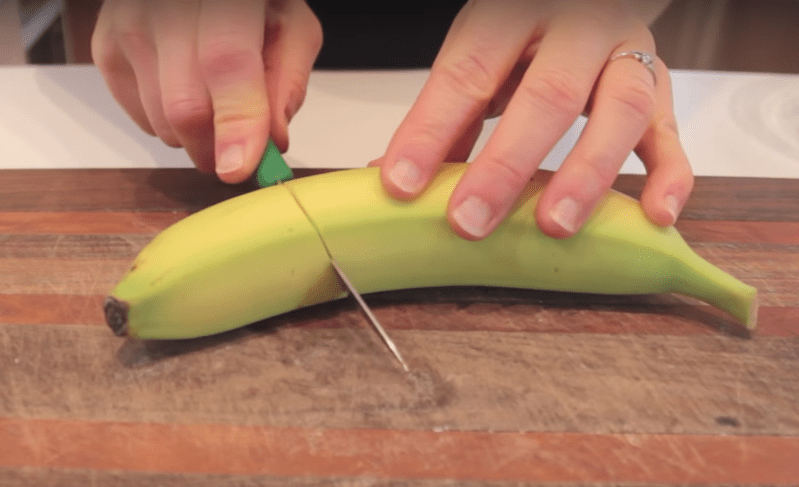How to Serve Bananas to a Baby
How to Serve Bananas to a Baby
Here at Healthly Institute, we are bananas about.... bananas! One of the world's most popular fruits, it is actually considered a berry by classification (despite bearing little resemblance to our well known friends the strawberry or blueberry).
No matter how it is classified, bananas are packed with potassium, fiber, Vitamin B6 and Vitamin C. On top of that, they are the perfect texture for baby.
But how do you serve a fruit that is so slippery it is known for sending the bad guys head over heels in Saturday morning cartoons?
Well we have three options for you and a magic solution to offer to your clients to make managing this fruit easier for little ones.
Check out this video to see how easy it is to prep a banana for a baby:
How to Prepare Banana for a Baby: 3 Ways
banana, baby, blw, baby led weaning, infant, nutrition, first foods
First, start by giving the peel of the banana a good scrub. We will be using the skin to our advantage later on, so make sure it is good and clean!
Next, for a large banana, cut into thirds. For a smaller banana, cut in half.
Using one piece of the banana choose from three options:
Cut the peel away from the top half of the banana and leave the bottom for a handle, as shown below.
2. Peel the piece of banana and gently press on the banana until it comes apart into three sections.
3. Peel off half the skin vertically and leave the rest for baby to hold onto.
Now, how can we make the grip even better?
Well here is my favourite trick; roll the banana in unsweetened shaved coconut! This also introduces fun new tastes and textures for baby to discover.
Are you a health professional looking for continuing education on pediatric nutrition as well as tools and support to flourish in your practice?
Look no further.
Healthly Institute offers two networks specifically designed for health professionals: the Starting Solids Network and the Picky Eating Network. Members become confident and save time by learning innovative and up-to-date responsive feeding practices. Members also receive ongoing continuing education (eligible for CEUs), pre-made and customizable tools and handouts, real-time support from a multidisciplinary network of health professionals from around the world, and so much more!









